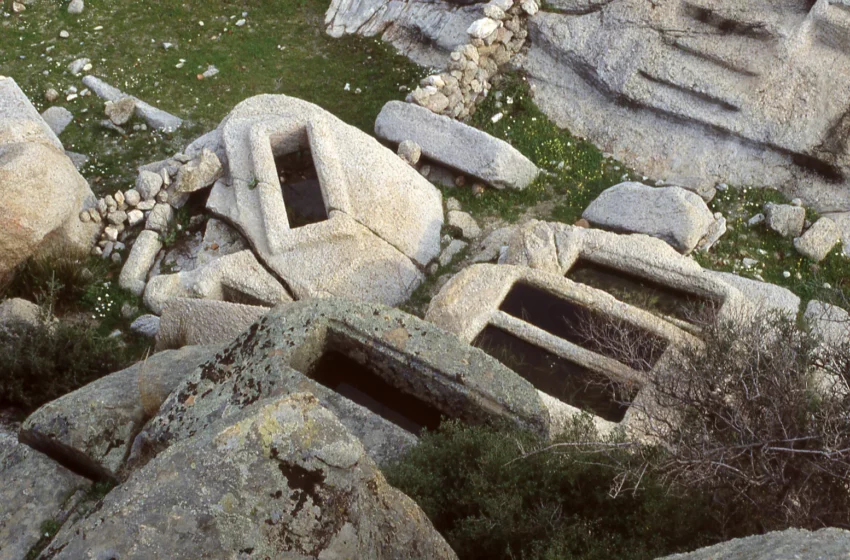Heraclea at Latmus: An In-Depth Exploration
Heraclea at Latmus, an ancient city in Caria, holds significant historical and archaeological value. Located near the modern village of Kapıkırı in Turkey, it offers insights into ancient Greek and Roman civilizations. This blog post will explore the history, architecture, and archaeological findings of Heraclea at Latmus.
Get your dose of History via Email
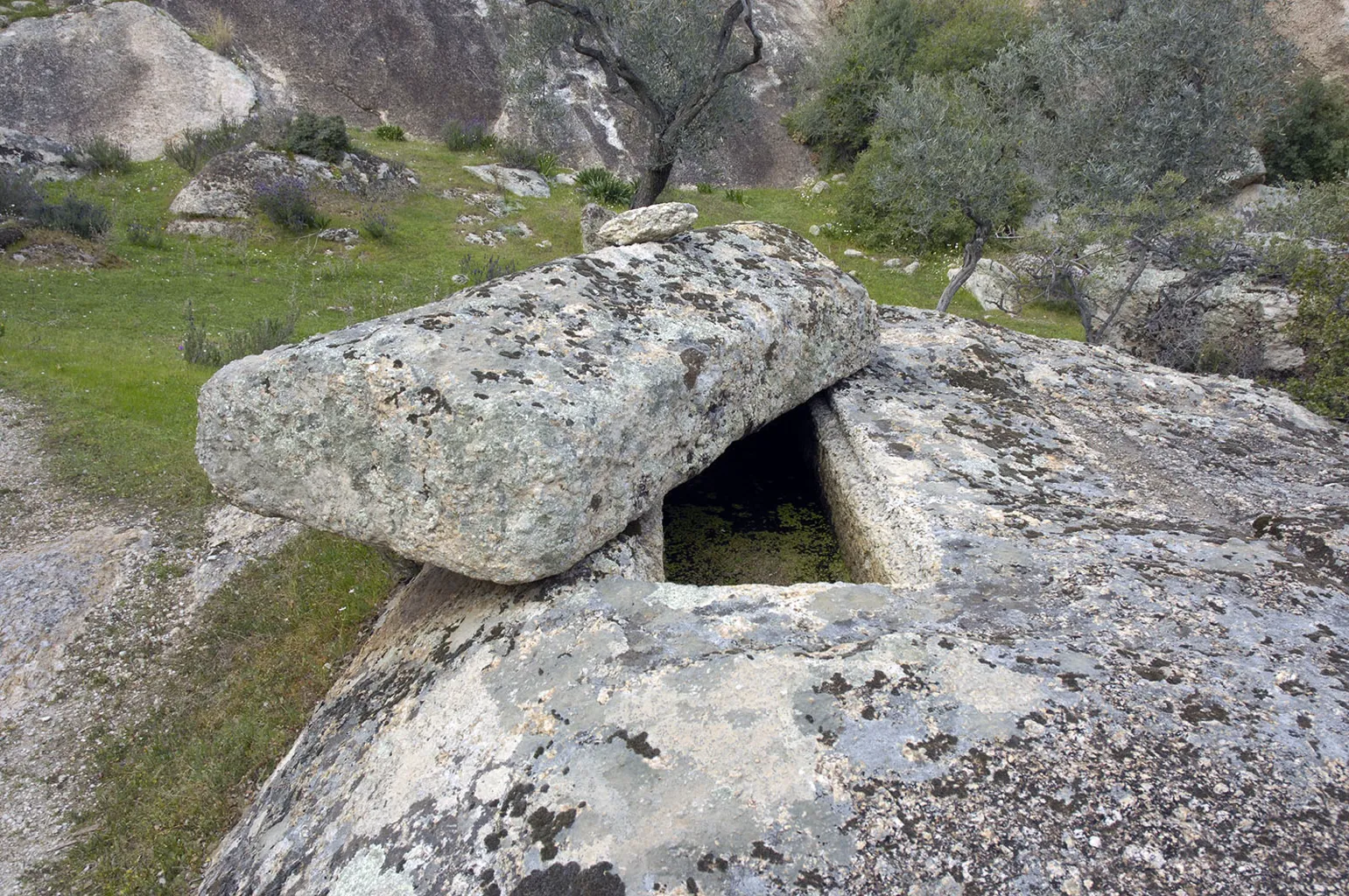
Historical Background
Heraclea at Latmus was founded in the 4th century BC. It was originally a Carian settlement before becoming a Greek city. The city was named after Heracles, a hero in Greek mythology. It gained prominence during the Hellenistic period and continued to thrive under Roman rule.
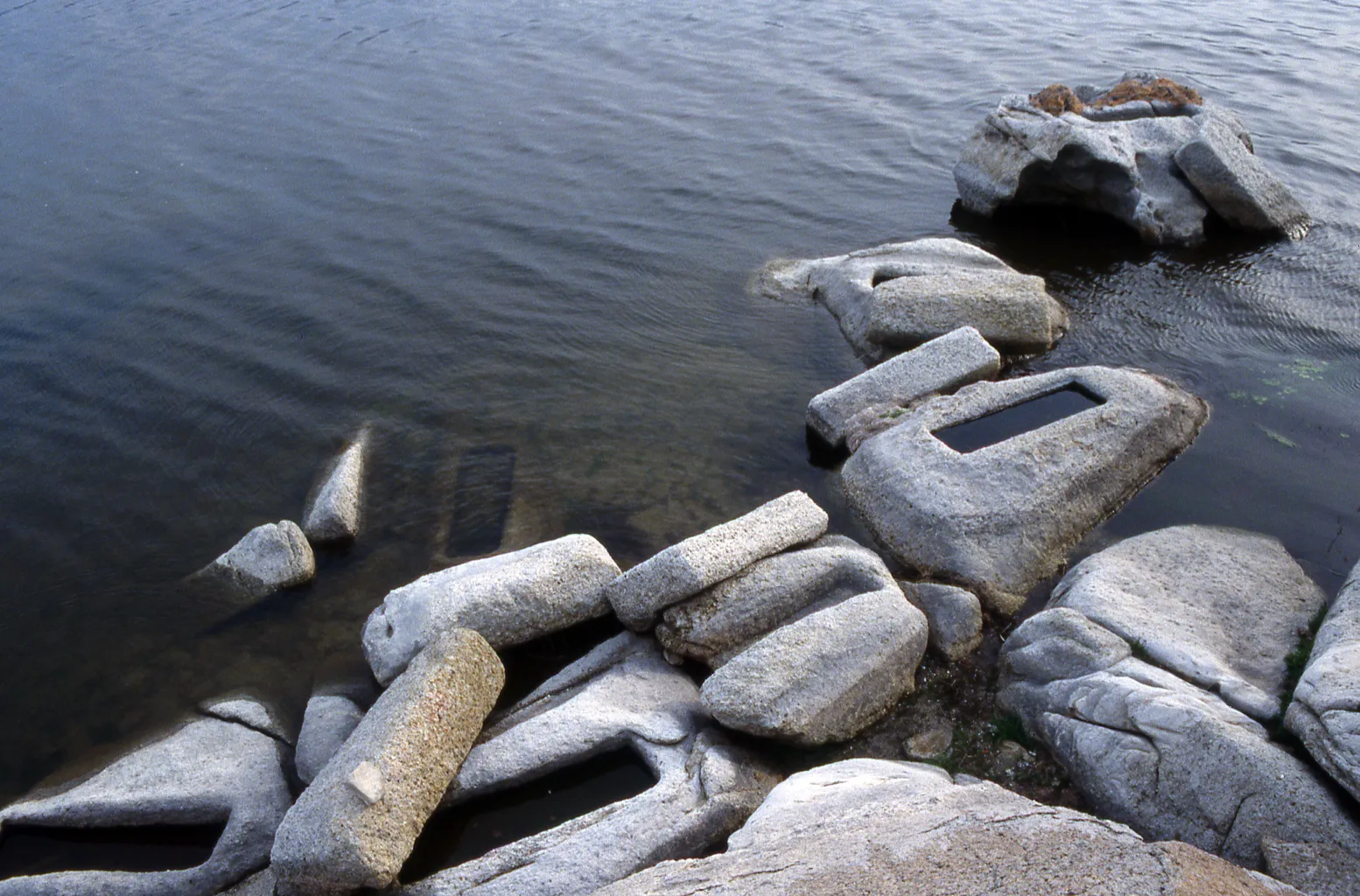
Geographical Setting
Heraclea at Latmus is situated on the slopes of Mount Latmus, near Lake Bafa. The lake was once part of the Aegean Sea but became a lake due to sedimentation. The city’s location provided natural defenses and access to maritime routes.

Architectural Features
The city boasts several well-preserved structures. The city walls, built in the 4th century BC, stretch over 6 kilometers. They feature towers and gates, showcasing advanced military architecture. The Agora, or marketplace, served as the city’s commercial and social hub. It contains remnants of stoas, which are covered walkways or porticos.
The Temple of Athena is another significant structure. Built in the 4th century BC, it exemplifies classical Greek temple architecture. The temple’s remains include columns and a well-preserved altar.
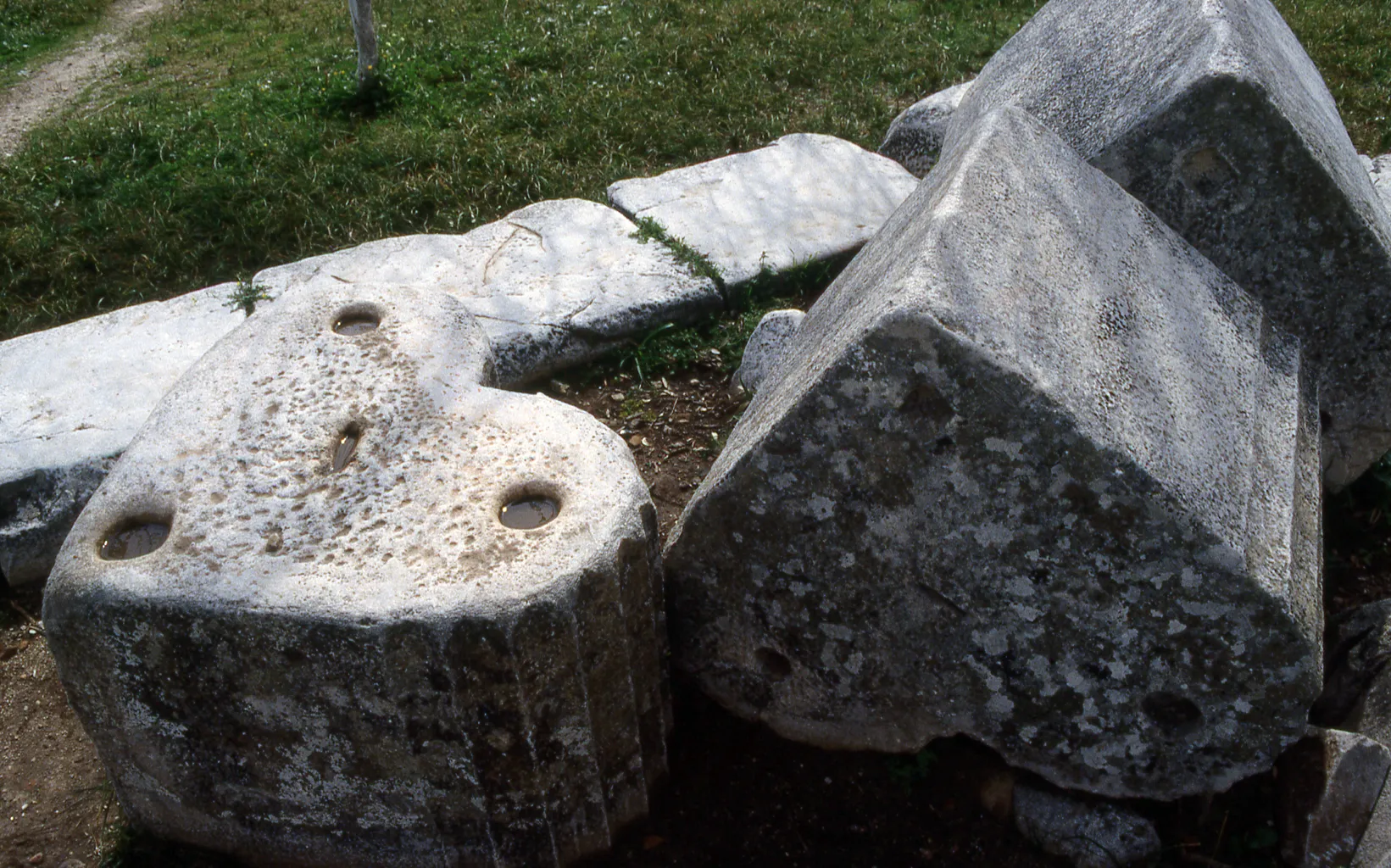
Archaeological Discoveries
Excavations at Heraclea at Latmus have unearthed various artifacts. Pottery, coins, and inscriptions provide valuable information about the city’s history and economy. Notably, archaeologists discovered a series of rock-cut tombs. These tombs, dating back to the Hellenistic period, contain intricate carvings and frescoes.
Inscriptions found in the city offer insights into its governance and social structure. One notable inscription details a decree honoring a local benefactor. This decree highlights the city’s political and social dynamics.
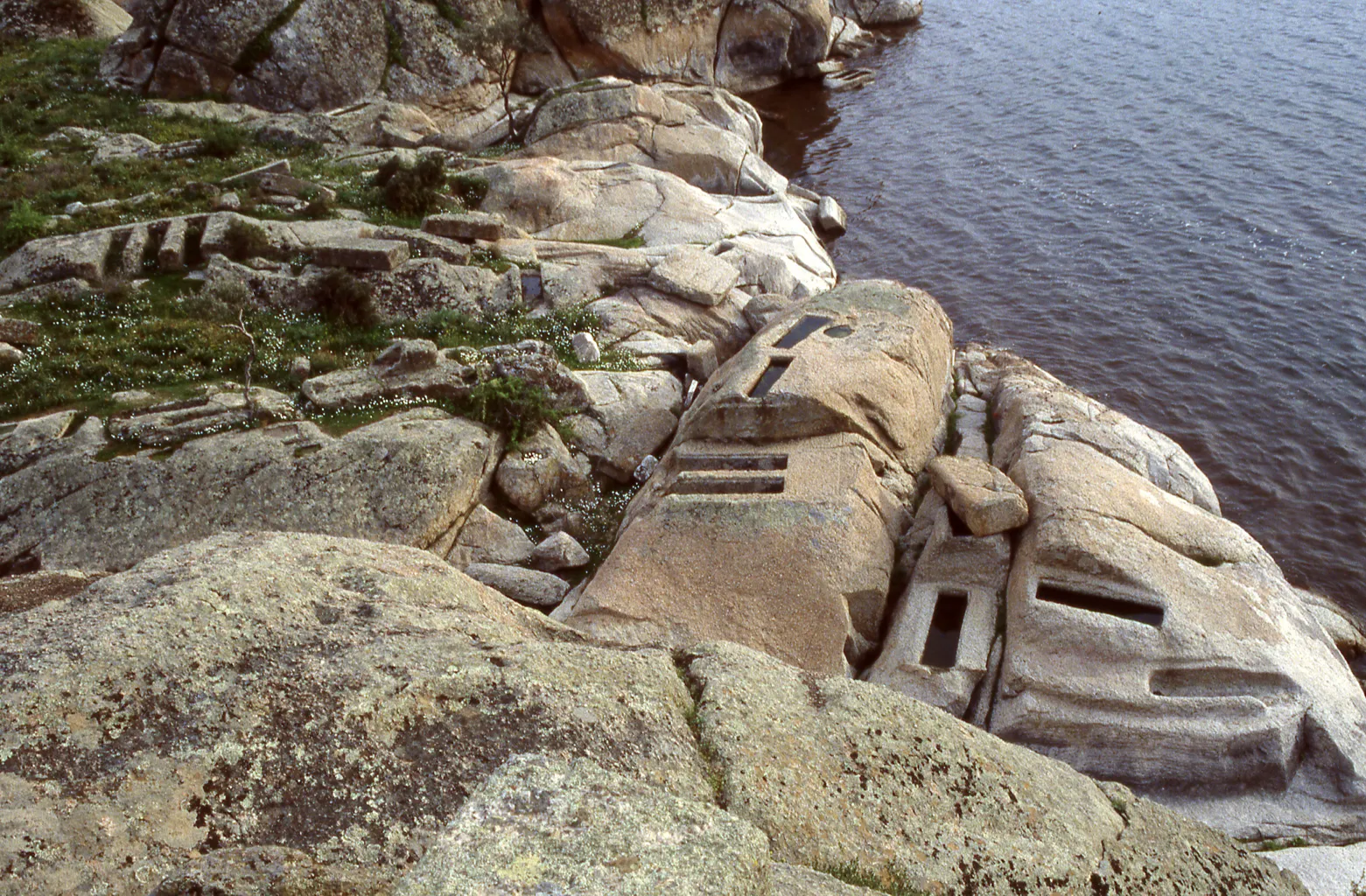
Cultural Significance
Heraclea at Latmus played a crucial role in regional politics. It was a member of the Delian League, an alliance led by Athens. The city also engaged in trade with other Greek and Anatolian cities. Its strategic location made it a vital link between the Aegean and inland regions.
Preservation and Challenges
Preserving Heraclea at Latmus poses several challenges. Natural erosion and vegetation growth threaten the site’s integrity. Additionally, modern development in the surrounding area poses risks. Efforts to preserve the site include regular maintenance and controlled excavations.
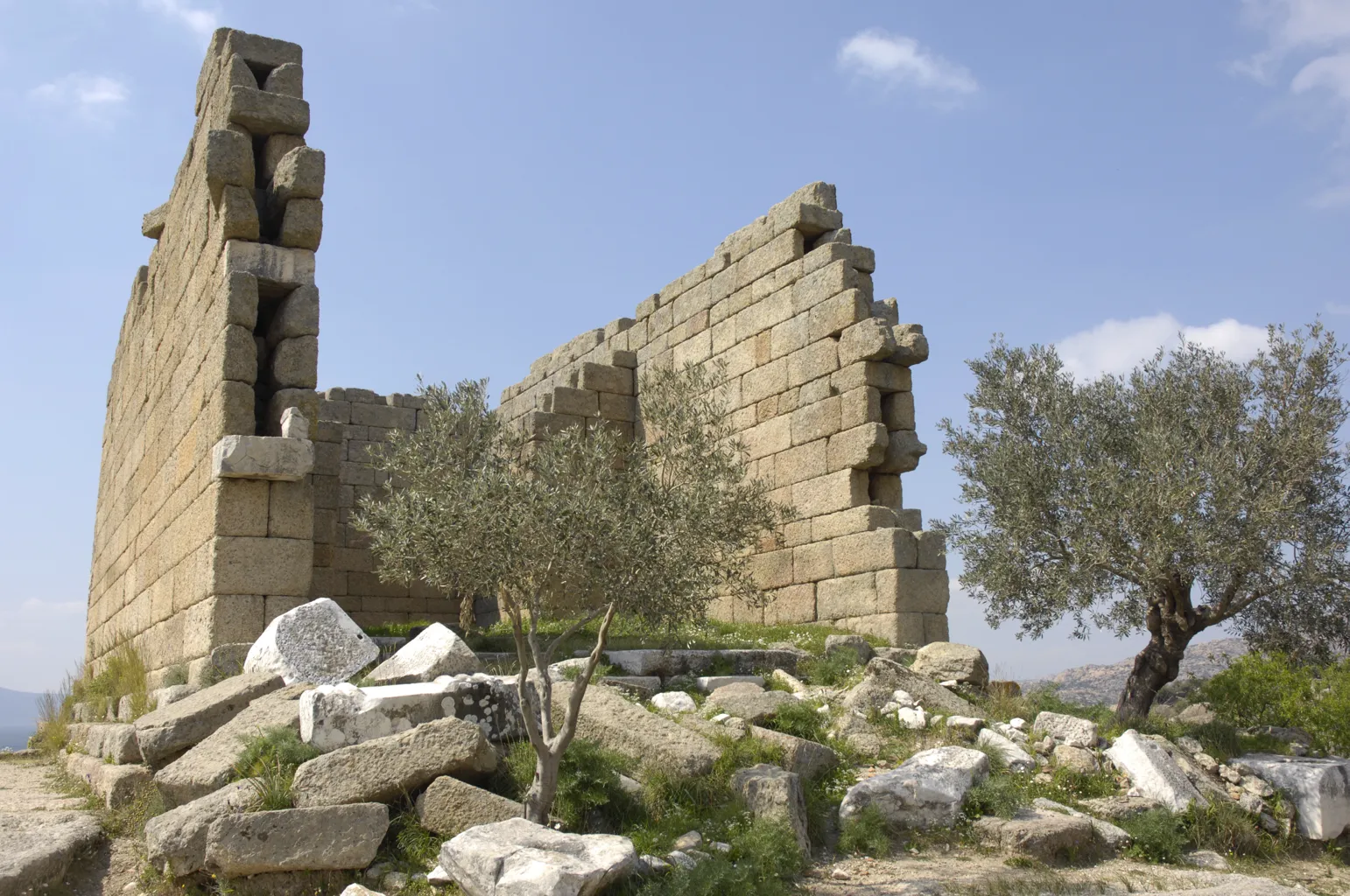
Conclusion
Heraclea at Latmus offers a window into ancient Greek and Roman civilizations. Its well-preserved structures and rich archaeological findings provide valuable insights. Continued preservation efforts are essential to safeguard this historical treasure for future generations.
Sources:

